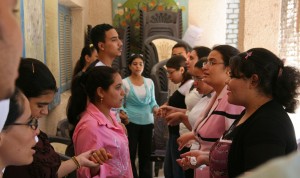
Forced to worship outside at unfinished Church of St. George in Hegaza, Upper Egypt. (Morning Star News photo)
CAIRO, Egypt, (Morning Star News) – With Egyptian President Mohamed Morsi’s hold on power appearing tenuous a year after taking office, his much-celebrated permission for construction of a church building looks increasingly like a token gesture to placate a non-Muslim minority, Christians say.
Christians across Egypt met the president’s June 7 announcement that he had given permission for the Church of St. Peter and St. Paul to be built in New Nubaria, Beheirah Province with mixed responses. Many said the announcement was a step in the right direction, but most said it was an act of self-aggrandizement meant to placate the Christian minority ahead of a series of anti-Morsi protests that started Sunday (June30).
They noted that the Church of St. Peter and St. Paul is the only one Morsi, a member of the Muslim Brotherhood-backed Freedom and Justice Party, has approved for construction since he took office. Christian human rights activists also note that it took 17 years to get approval, and that construction hasn’t begun.
More to the point, most Christians said the announcement was an attempt to dress over a major double standard about how church buildings and mosques are built in Egypt. While many mosques are built with no permit at all or go through the same permit process as other buildings in Egypt, those seeking to erect a church building have to wade through a murky tide of bureaucracy. There are roughly 150 applications pending for churches to be built, according to Middle East Concern, an advocacy group for persecuted Christians.
A priest at the Church of St. George in Hegaza who goes by the single name of Father Daniel said he couldn’t judge the motives of the president, but that the decision seemed odd.
“Whatever made Morsi sign this permit is in his mind; we don’t know,” the priest said. “But in my opinion, it’s an attempt to get close to Christians.”
Tale of Two Churches
In a decades-long effort to rebuild, priests at the Church of St. George, in Upper Egypt, have fought with provincial and national government officials, state police, mobs of angry Muslims and at least one arsonist.
Now, 22 years after the priests started their fight, the situation seems hopeless, and their partially constructed building stands in ruins. Wooden scaffolding still sits inside the building’s walls, now splintered with age and wrapped in spider webs. Red clay bricks, once stacked neatly waiting for construction workers, lie in heaps on the ground, covered with sand.
To escape the oppressive Egyptian sun, the congregation is forced to come for worship at first light and stand in an empty lot next to the shell of the building. As if to add insult to injury, towering above the wreck of the church building is a mosque minaret. Five times a day, every day, megaphones on the minaret crackle to life and blast over the ruins of the building, “There is no God but Allah, and Muhammad is his prophet.”
On the surface, the contrast between St. George and the Church of the Archangel Michael in Luxor couldn’t be sharper. The Church of the Archangel Michael is one of the tallest buildings in the city in Upper Egypt. Its dome can be seen for miles, and its spires tower over the surrounding neighborhood.
Unlike the scaffolding at St. George’s in Hegaza, the scaffolding covering the outside of the Church of the Archangel is crawling with construction workers laying bricks, painting walls or making concrete. While St. George’s is located in an Upper Egypt backwater, Luxor is one of the largest and most “Westernized” cities in Egypt. The congregation of the Church of the Archangel is Coptic Orthodox. The parishioners of St. George’s are mostly Catholic.
But when it comes to the government’s approach to allowing construction of church buildings, the churches are very much the same.
A priest who goes by the single name of Father Sarabamoun had yet to arrive at the Church of the Archangel when the Coptic leadership applied for a building permit. According to Sarabamoun, it took 33 years from the time the original application was filed in 1973 until the first crew started work.
The hardest part of the process, he said, was obtaining the permit.
“Right now it is so, so difficult to get a permit for a church to be built,” he said.
All applications to construct new church buildings go through the office of the president, a legal precedent set in 1856 by the Hamayouni Edict and again in 1934 by the Ezabi Decree. Gaining permission, although difficult, is not in itself a guarantee that construction will begin. Almost as soon as permission is granted, government agencies with competing jurisdictions block construction, Christian leaders said.
In the case of both churches, the main blocking agency was the State Security Investigations Service (SSI). At St. George, the SSI representatives told the priest formerly posted there, who goes by the single name of Father Mikhaiel, that local Muslims didn’t want them to build and that he had to stop construction.
In the case of the Archangel church in Luxor, the SSI ordered that no construction take place until the proposed size of the building was reduced by at least a third. Under former Egyptian President Hosni Mubarak, the SSI acted as a national police force both to uphold the law and to crush dissidents. The SSI was often used as a weapon against those who weren’t members of the Sunni majority, including Christians, Shia Muslims and members of the Baha’i faith.
The SSI was reorganized into the Egyptian Homeland Security service after the 2011 revolution.
At St. George, Mikhaiel had applied to rebuild in 1978 when the original structure, built in 1885 with mud bricks, started to collapse after a rare series of torrential rains undermined the foundation. Instead of allowing him to apply to make repairs, officials forced Mikhaiel to apply for a new church building permit.
After years of negotiations, the permit was approved in 1993. Three months later, the SSI relayed complaints from a handful of local residents about the edifice being built and ordered a stop to construction.
Eventually, the SSI stopped blocking construction for both structures, but then both had roughly the same problem – local Muslim residents started protesting. At the Church of the Archangel, the disturbances weren’t that serious, and construction eventually continued. But at St. George, villagers started rioting.
Mikhaiel said, however, that there were only a few people actually opposed to the building.
“That’s the problem – there are only a few people, but they are active and they have power,” he said.
Since then, 1993, not a single brick has been added to the church walls. To try and get some shade, parishioners built a makeshift structure on top of a school that the church owns on the same lot. One night in September 2010, however, the structure of canvas sheeting, palm fronds and timbers burst into flames. No cause for the fire was ever found, and the government pulled the church’s permit, Mikhaiel said.
Mob rule now seems to be the tool of last resort for blocking construction of church buildings or even repairs, according to Christian leaders. There are numerous cases across Egypt of conservative Muslims attacking renovated or newly built worship structures weeks before work was to be finished. Permission for church repairs is relegated to provincial governors.
Importance of Church Buildings
Having a place to hold religious ceremonies, although important, isn’t the only reason church buildings are important to Christians in Egypt. In a word, Christians said, the reason buildings are important is “shelter.”
Sarabamoun said that Christians living among an Islamic majority are under constant pressure. Sometimes the pressure is merely to stay quiet about their faith or to meet the cultural norms of society. At other times Christians, especially teenage girls and women, are harassed or even attacked.
Church buildings are places were Christians feel safe, are free to be themselves and can openly express their faith.
“The church represents the presence of God,” Sarabamoun said.
Reform or Window Dressing
For years, a more consistent “Unified Places of Worship” law has been discussed at different levels of the government. In July 2011, a formal process started in attempts to codify the law. But church leaders said elements of the proposed law were unreasonable, and that other sections were thinly veiled attempts to exercise more control over the church.
Sarabamoun said governments in Egypt, whether it was the deposed Mubarak government or the Morsi administration, are afraid of letting church buildings go up because each one is seen as a symbol of giving “too much freedom to Christians.”
###
© 2013 Morning Star News. Articles may be reprinted with credit to Morning Star News. https://morningstarnews.org
Morning Star News is a 501(c)(3) non-profit corporation whose mission is to inform those in the free world and in countries violating religious freedom about Christians worldwide who are persecuted for their faith. For free subscription or to make tax-deductible donations, contact [email protected], or send check to Morning Star News, 24310 Moulton Parkway, Suite O # 157, Laguna Hills, CA 92637, USA.
- Forced to worship outside at unfinished Church of St. George in Hegaza, Upper Egypt. (Morning Star News photo)
- After application to build was filed, 33 years passed before construction began on Church of the Archangel Michael in Luxor. (Morning Star News photo)
- After application to build was filed, 33 years passed before construction began on Church of the Archangel Michael in Luxor. (Morning Star News photo)
- Authorities ordered Father Mikhaiel to stop construction on Church of St. George in Hegaza. (Morning Star News photo)
- Church of St. George in Hegaza, still unfinished after 22 years. (Morning Star News photo)

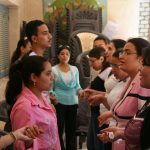
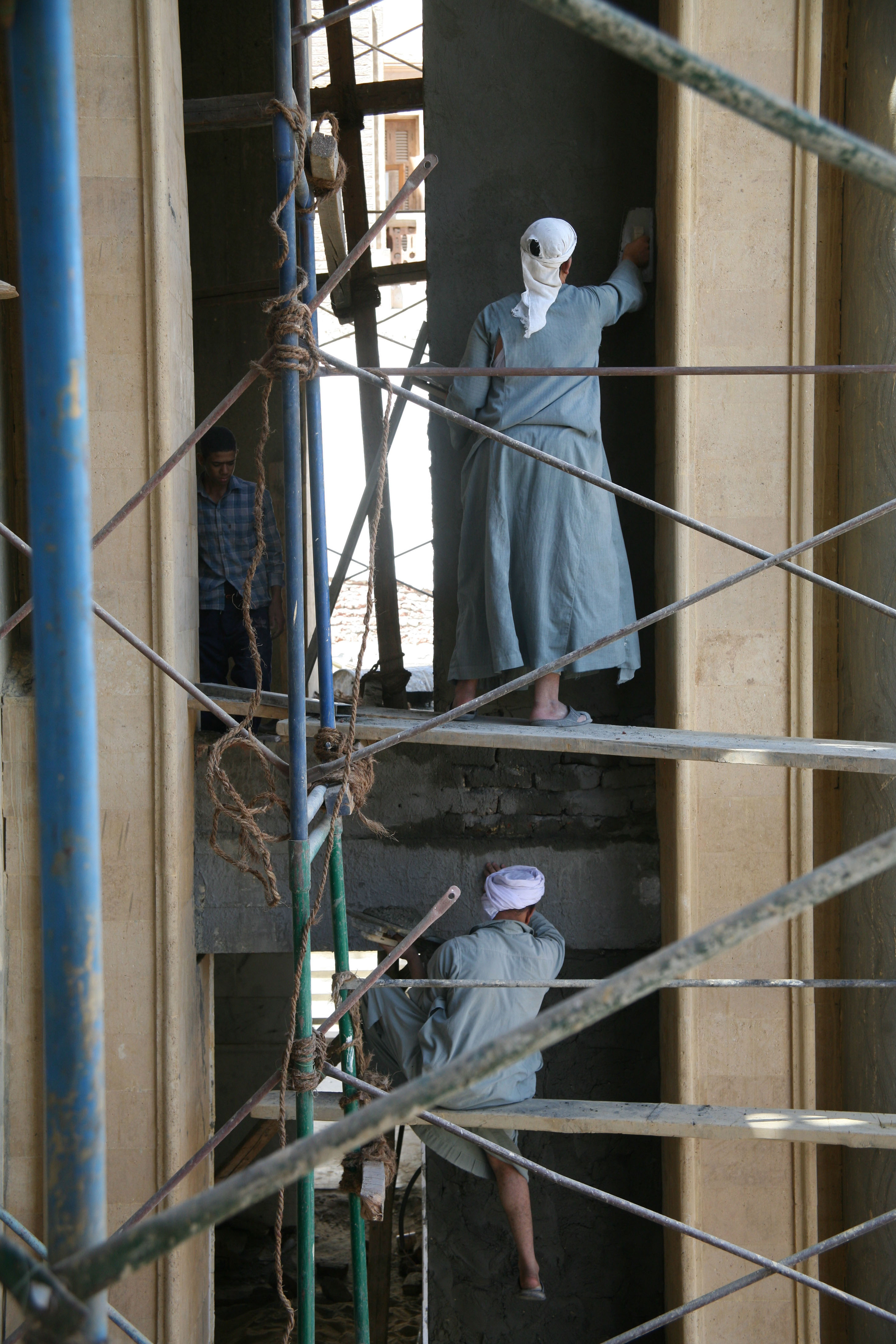
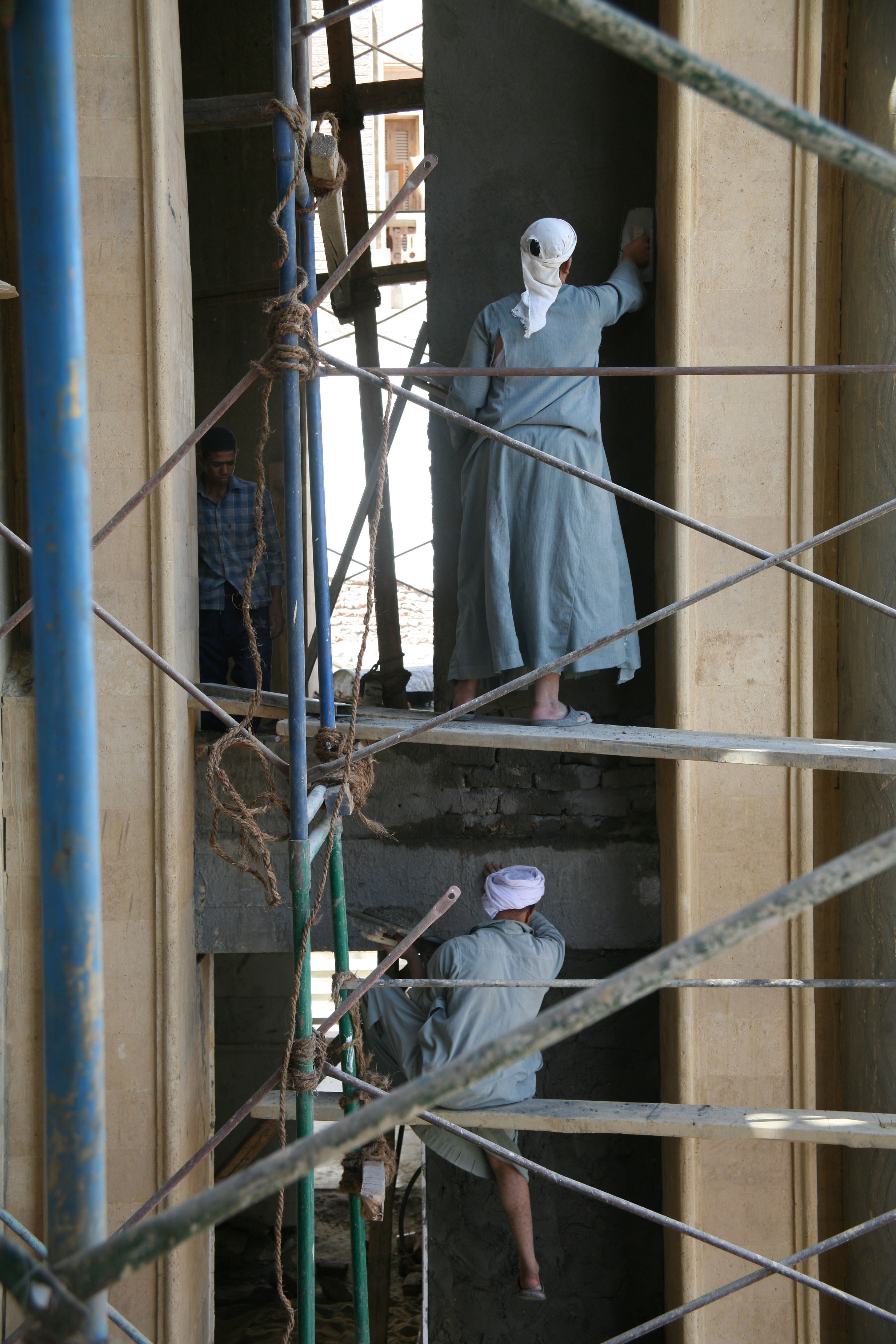
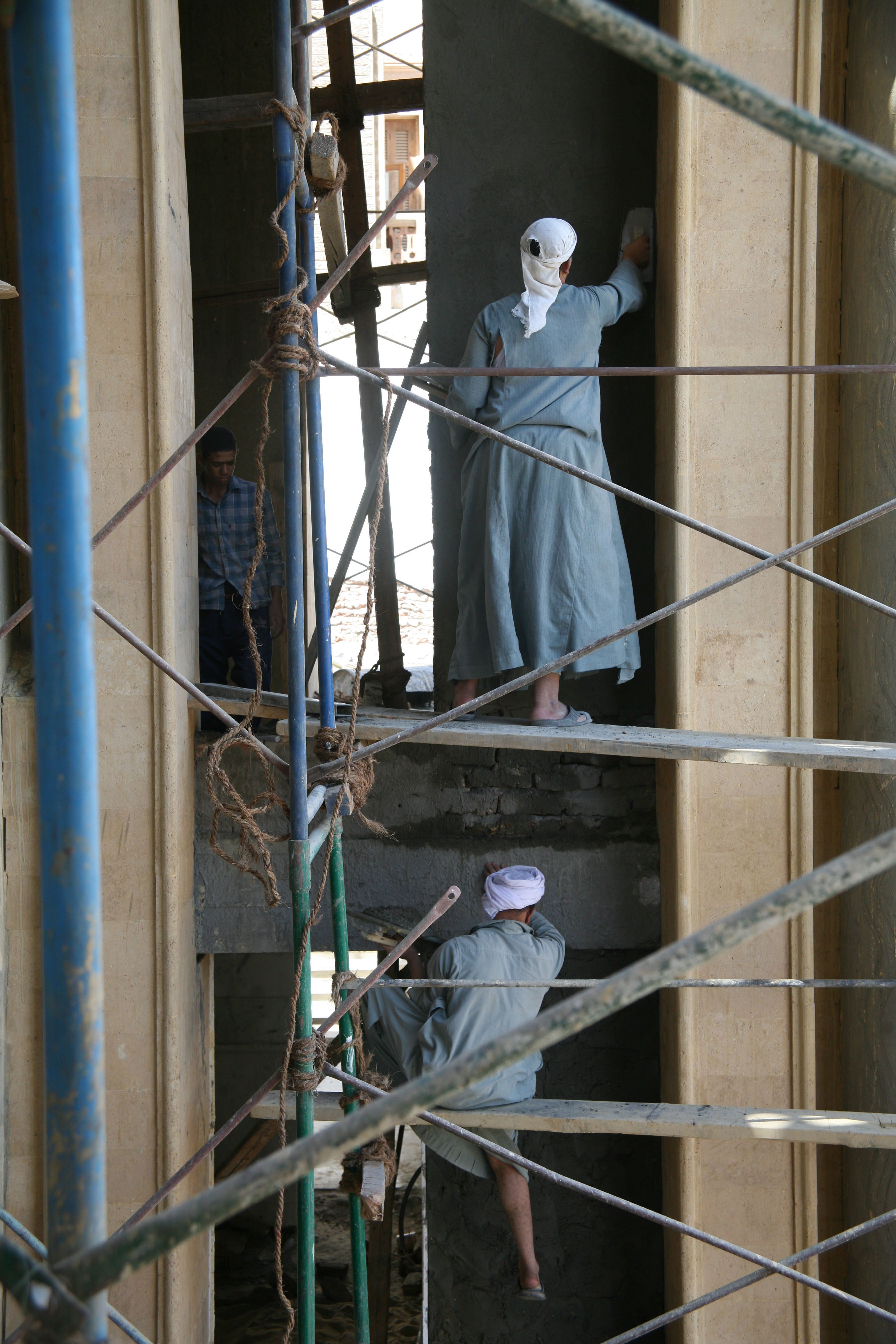
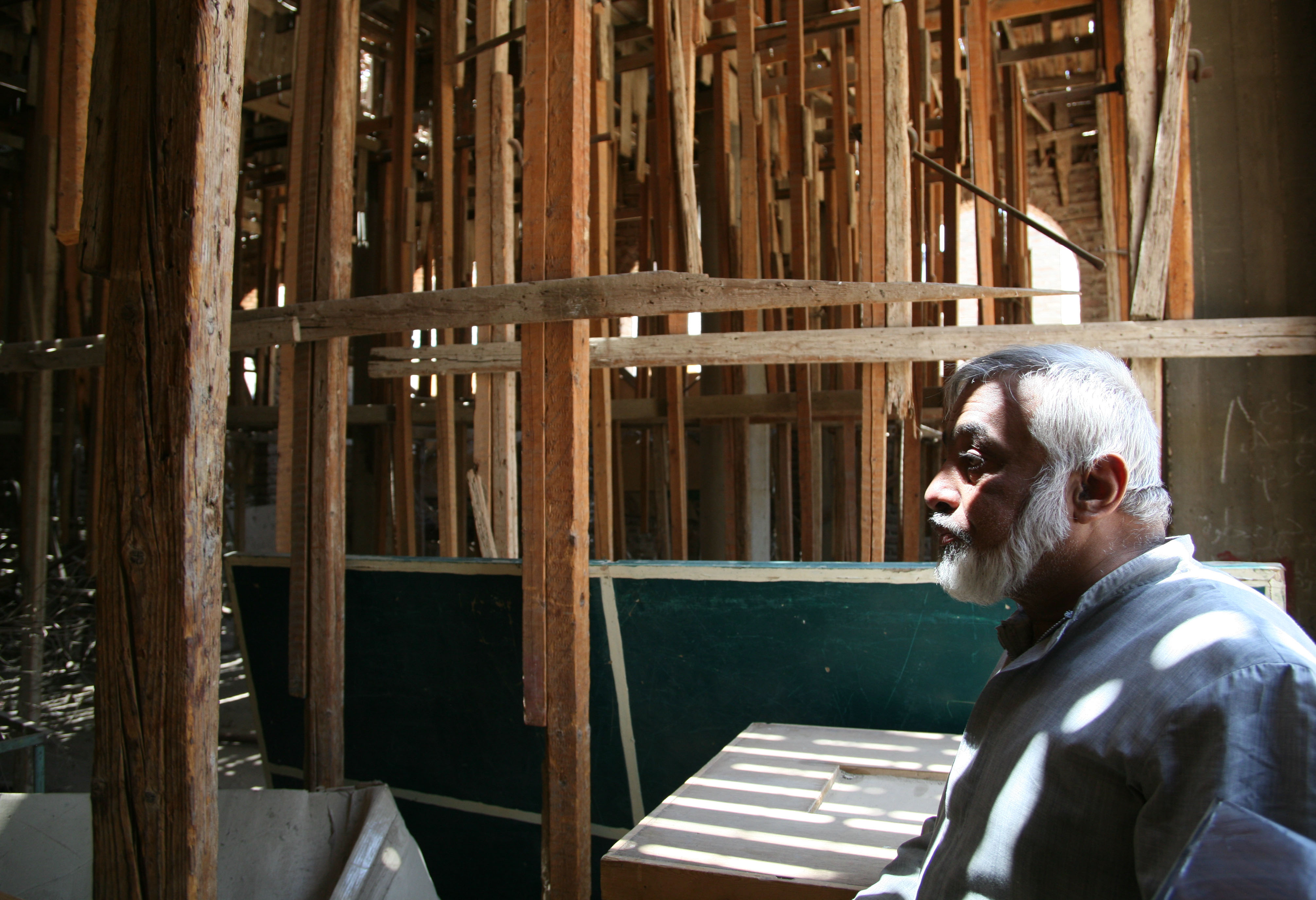
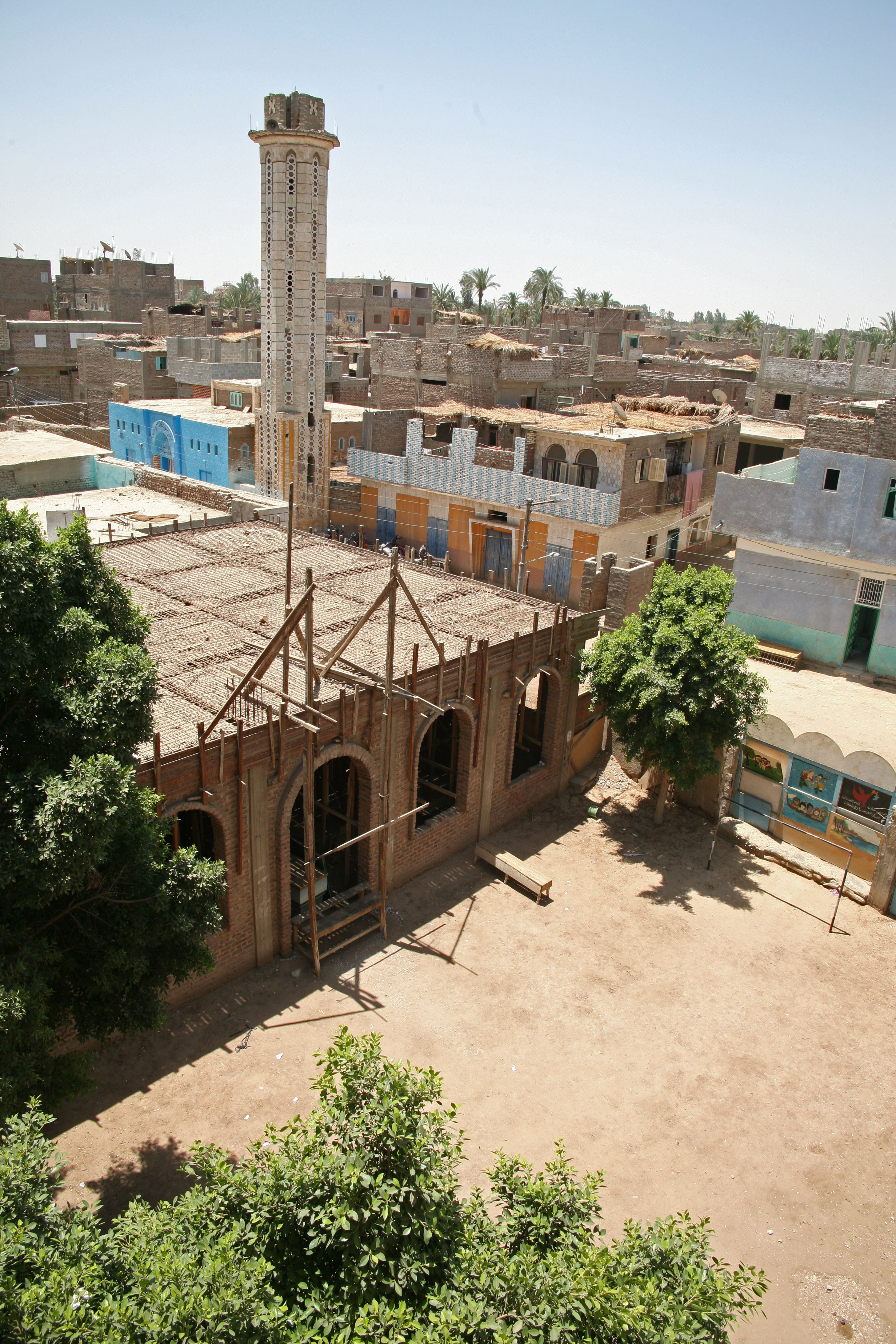
Speak Your Mind